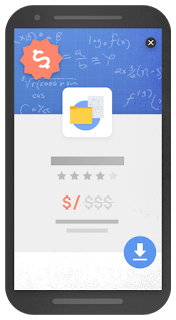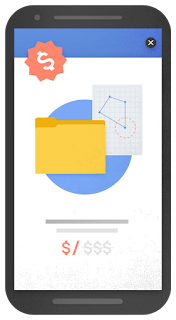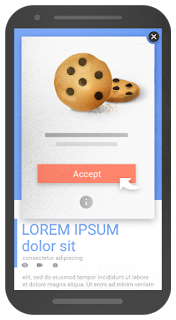This does not mean all pop-ups are bad and will result in your page ranking falling in Google searches. The key here is where the pop-up interferes with the user’s ability to access the content they came to the site to see.
From the Google announcement, here are some examples of techniques that make content less accessible to a user:
- Showing a pop-up that covers the main content, either immediately after the user navigates to a page from the search results, or while they are looking through the page.
- Displaying a standalone interstitial that the user has to dismiss before accessing the main content.
- Using a layout where the above-the-fold portion of the page appears similar to a standalone interstitial, but the original content has been inlined underneath the fold.
Examples of interstitials that make content less accessible
The first is an example of the pop-up covering part of the screen, and the second two examples show full-screen obstruction.
Alternatively, here are examples that, used responsibly, would not be penalized:
- Interstitials that appear to be in response to a legal obligation, such as for cookie usage or for age verification.
- Login dialogs on sites where content is not publicly indexable. For example, this would include private content such as email or unindexable content that is behind a paywall.
- Banners that use a reasonable amount of screen space and are easily dismissible. For example, the app install banners provided by Safari and Chrome are examples of banners that use a reasonable amount of screen space.
Examples of interstitials that would not be penalized, if used responsibly
Remember that this is just one of the factors (‘signals’ in Google-speak) that Google uses to rank your site in search results. To learn more about SEO as it relates to your website, contact us at DVS. We will be pleased to provide a quick opinion on your site’s SEO status and what DVS can do to help you rank higher in search results. To read the entire Google announcement follow this link.






